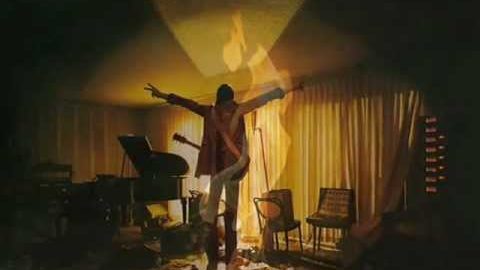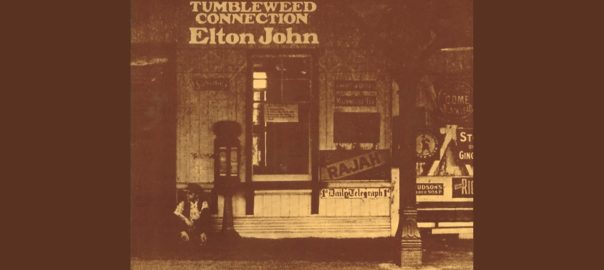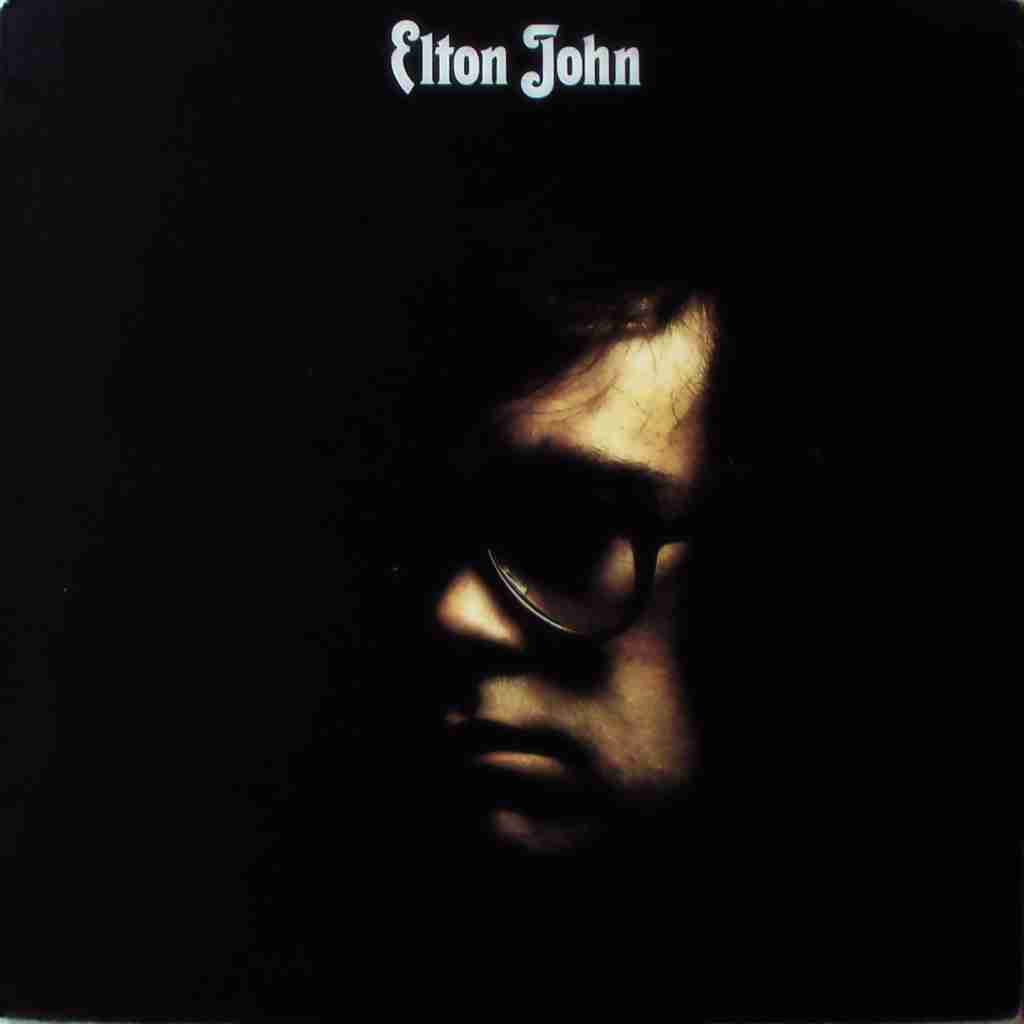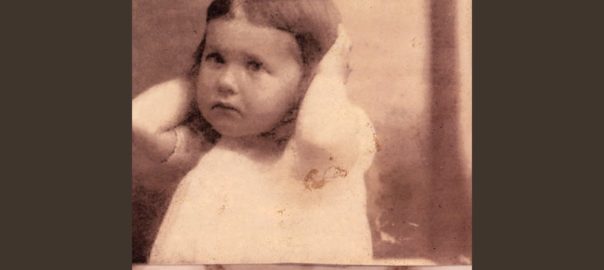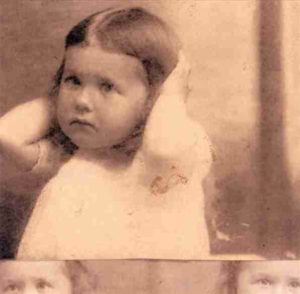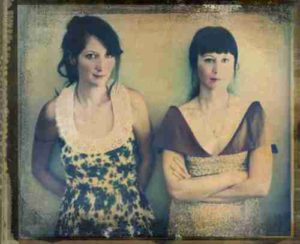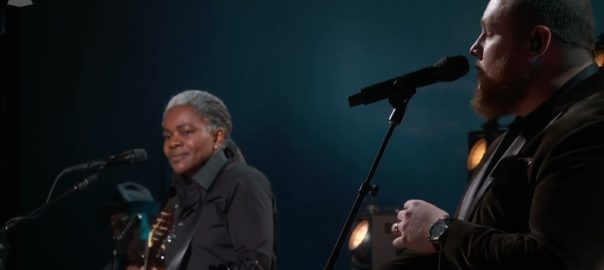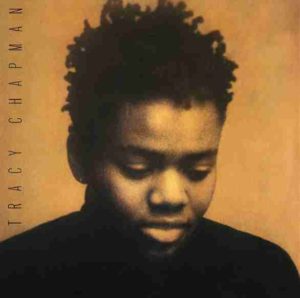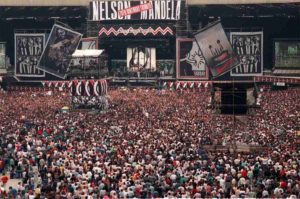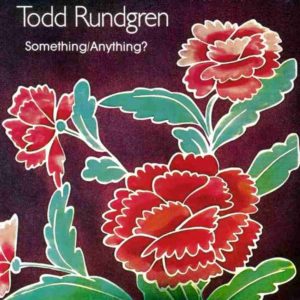
Dating back to the late 1960s, through until today, I have often found employment as a music critic.
One of the great delights of my young life was to walk onto the property of Warner Bros. or Capitol Records, and be taken into the warehouse in behind the offices, leaving the premises with one hundred or more new albums, all ready to return to the home Cathy and I shared at Simon Fraser University.
From those days til today, my love for music, for discovering new music has known no bounds, as will remain the case through the end of my days.
Of course, I was very lucky — as were all members of the boom generation — to grow up in the era of The Beatles, and the rush of new music coming out of the UK, and down south out of Los Angeles. These were halcyon days of discovery, more often than not enhanced by the intake of cannabis (there is hardly any greater joy than listening to music stoned).
One of my early discoveries was Todd Rundgren, whose music career began in 1967 at the age of 19 with the Philadephia-based garage rock band, Nazz.
Over the next four years, Nazz released three albums, all to little acclaim, prompting Rundgren to leave the group, move to New York, and educate himself in the fine arts of audio engineering and production.
Upon arriving in New York, Rundgren was soon signed by Ampex Records, where he began work producing for various rock groups of the day.
1972 proved to be a critically important year for Todd Rundgren.
After signing with Bearsville Records — a recording studio started in 1969 by legendary music impresario Albert Grossman, manager of Bob Dylan, The Band, and Janis Joplin — Rundgren’s musical career took off into the stratosphere.
A few years back, a friend asked me, “So, what kind of music do you like?”
Today’s post constitutes one of a series of columns I’ve been writing on the Top 100 début albums of the past 75 years, music that has both changed and informed my life, my love of almost all musical genres also knowing no bounds.
I love life. I love music.
Today’s Music Sunday column tracks the early work of Todd Rundgren, and his multi-platinum solo, self-produced début album, Something/Anything?
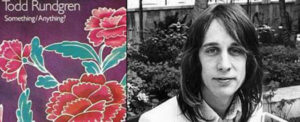
Early in 1972, soon after signing on with Albert Grossman, one Friday afternoon early in the year, Todd Rundgren was in the Bearsville Studio offices for a pre-production meeting for his upcoming album the studio intended to record. All went well at the meeting, and at the 5 o’ clock hour, as the cleaning crew arrived, Grossman prepared to close the studio for the weekend.
Rundgren said, “I’ll have the cleaners let me out. I’m heading to the washroom.” Everyone bid their adieu, going home to their families.
But not Todd Rundgren. Instead, Rundgren hid out in a closet and slept for four hours, readying himself for the marathon production weekend ahead.
The cleaners left shortly before 9pm, when a sleepy Todd Rundgren emerged from his closet home. What occurred over the next fifty-seven and one half hours is part of rock and roll history.
From 9pm on that Friday night, until 6:30am Monday morning, Todd Rundgren wrote, produced, mixed, sang and played guitars, keyboards and all other instruments to produce the groundbreaking multi-platinum, multi-Grammy award winning hit machine, Something/Anything?
Every voice is Rundgren’s, every instrument played by the nascent songwriter-singer-producer, Rundgren over the weekend innovating on the recently acquired 8-track production studio equipment in ways previously unheard of and unimagined, writing a new chapter in the ongoing history of rock ‘n roll.
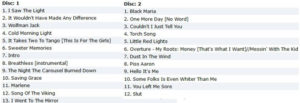
Twenty-five songs on a two disc album, recorded at a rate of under one fully produced song every three hours. When Bearsville Studio staff and executives arrived at their offices on Monday morning, they found Rundgren passed out, a master tape, track list and album cover art work on the console.
Over the next three weeks, working with Rundgren, studio engineers fine-tuned the 25 songs, the double Something/Anything? album released to critical acclaim in April 1972, out-selling every other album that year.
Something/Anything? spawned a half dozen chart topping hits, including I Saw the Light, and a remake of the Nazz near-hit Hello It’s Me, which shot to No. 5 in the week it was released. As a reminder: both songs featured Todd Rundgren producing, as well as on all vocals and instruments.
It Wouldn’t Have Made Any Difference was the third smash hit off Something / Anything? to top the Billboard charts in the early autumn of that year.
A dozen years later my children and I lived together at SFU with a woman, a younger doppelgänger for my now ex-wife, dubbed by my friends, and referred to by my children as Cathy 2 — as my friends said, “the sane Cathy,” and so she was.
One day when I was off teaching class, Cathy 2 put on the Rundgren album.
When I arrived home to our two-bedroom apartment at Louis Riel House, Cathy 2 greeted me, smothering me in kisses, excitedly exclaiming …
“Raymond, Raymond, I’ve spent the entire afternoon listening to Todd Rundgren’s Something/Anything? It’s gorgeous, it’s groundbreaking, I’ve never heard anything like it. I think I’m in love with Todd Rundgren!”
And so she was, and so should we all be.
On a closing note, and to provide a bit more background on Todd Rundgren.
In 1972, Rundgren began a relationship with model Bebe Buell. During a break in their relationship, Buell had a brief relationship with Aerosmith’s Steven Tyler, which resulted in an unplanned pregnancy.
On July 1, 1977, Buell gave birth to Liv Tyler, the future model and actress.
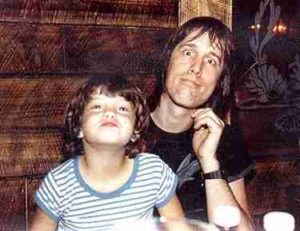
Todd Rundgren raised actress Liv Tyler as his daughter for the first 18 years of her life. Even when she became aware that Steven Tyler was her father, she maintained Rundgren as one of her two fathers.
To protect the child from Tyler’s drug addiction, Buell claimed that Todd Rundgren was the biological father, and named the child Liv Rundgren, Todd Rundgren raising her as his daughter.
At age fifteen, Liv learned that Steven Tyler was her biological father.
Even so, Liv Tyler still calls Todd Rundgren her father, and still maintains a very close relationship with the now 76-year-old musician.
